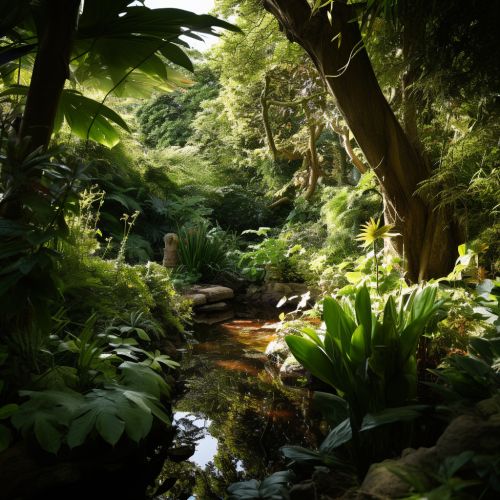Conservation Planning
Introduction
Conservation planning is a systematic process that identifies and prioritizes areas for conservation and determines effective management strategies for these areas. It is a critical component of biodiversity conservation, natural resource management, and environmental planning. Conservation planning involves the integration of biological, ecological, and socio-economic information to develop strategies for the preservation, management, and restoration of ecosystems and species.


History of Conservation Planning
The concept of conservation planning has its roots in the early 20th century, with the establishment of the first national parks and wildlife reserves. However, it was not until the 1970s and 1980s that conservation planning began to emerge as a distinct discipline. This was largely driven by growing awareness of the biodiversity crisis and the recognition that traditional approaches to conservation, such as the establishment of protected areas, were insufficient to halt the loss of biodiversity.
Principles of Conservation Planning
Conservation planning is guided by several key principles. These include the principles of comprehensiveness, adequacy, and representativeness, which together form the basis for the selection of conservation areas. Other important principles include the principle of resilience, which emphasizes the need to maintain the ability of ecosystems and species to withstand disturbances and adapt to changes, and the principle of sustainability, which underscores the importance of ensuring that conservation actions are economically and socially viable in the long term.
Conservation Planning Process
The conservation planning process typically involves several stages. The first stage is the identification of conservation targets, which are the species, habitats, or ecosystems that the plan aims to conserve. This is followed by the collection and analysis of data on the distribution and status of these conservation targets, as well as on the threats they face. Based on this information, areas are then prioritized for conservation, and strategies are developed for the management and protection of these areas. The final stage of the process is the implementation of the plan, which includes the establishment of protected areas, the implementation of management actions, and the monitoring of the effectiveness of these actions.
Tools and Techniques in Conservation Planning
A variety of tools and techniques are used in conservation planning. These include Geographic Information Systems (GIS) and remote sensing, which are used to collect and analyze spatial data on the distribution of species, habitats, and threats. Other tools include species distribution models, which predict the distribution of species based on environmental variables, and conservation prioritization tools, which help to identify and prioritize areas for conservation. In addition, conservation planning often involves the use of stakeholder analysis and participatory planning techniques, which aim to involve local communities and other stakeholders in the planning process.
Challenges in Conservation Planning
Despite its importance, conservation planning faces several challenges. These include the lack of data on the distribution and status of many species and habitats, the difficulty of predicting future changes in species distributions and threats, and the challenge of integrating biological, ecological, and socio-economic information into conservation decisions. Other challenges include the need to balance the goals of conservation with those of economic development and other human uses of the environment, and the need to ensure the long-term sustainability of conservation actions.
Future Directions in Conservation Planning
Looking to the future, there are several emerging trends and directions in conservation planning. These include the increasing use of climate change adaptation strategies in conservation planning, the growing emphasis on landscape connectivity and ecological networks, and the expanding role of community-based conservation and indigenous conservation initiatives. Another important trend is the growing recognition of the need for transboundary conservation, which involves the establishment of protected areas and conservation initiatives that span national borders.
